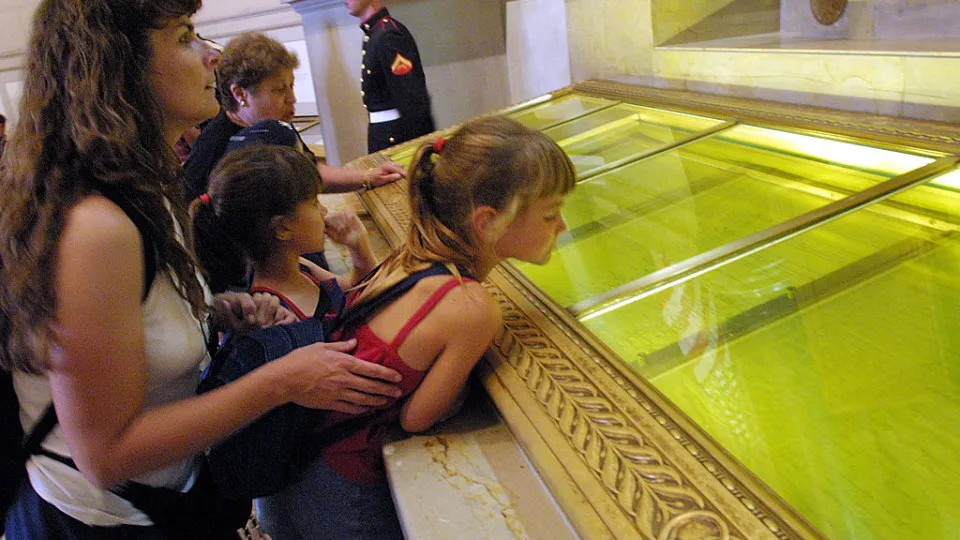When you think of how the United States has changed over the last two centuries, it looks like a completely different place with completely different ideals, social norms, and demographics. What has remained largely unchanged, however, is the basic framework of government that was established back in the 18th century.The importance of the United States Constitution is still present in the public mind — we often hear politicians call things "unconstitutional" when they want to protect their
traditional beliefs from change or defend the founding principles of the nation — and the three branches of government have remained: the legislative branch (Congress), the executive branch (the presidency), and the judicial branch (the Supreme Court).Yet for something so important to the nation's past, present, and future that has endured for over two centuries, there are some bizarre facts about this historic document that many people don’t know.
Curious? Click through to learn some fascinating and sometimes disturbing facts about the U.S. Constitution.



